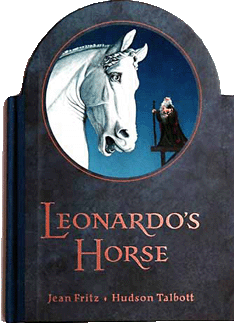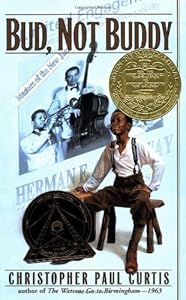Book Cover Image:

Book Summary:
In Suzanne Collins Hunger Games, readers are introduced to Katniss Everdeen, a 16 year
old girl who risks everything when she volunteers to replace her 12 year old
sister in the annual Hunger Games. These
games pit 24 tributes, two from each district, against each other in a
competition to the death as a reminder of the consequences for the uprising
against the cruelty and tyranny of the Capitol.
Katniss is joined by Peeta Mellark, a baker’s son, as the other tribute
from their district, District 12.
Katniss and Peeta journey to the Capitol to participate in the Hunger
Games, meeting Haymitch Abernathy, their drunken coach and mentor who
recognizes their spirit and fire and decides to sober up enough to help them
survive the games. As a lone survivor of
a previous Hunger Games, Haymitch provides valuable information and advice
during their grueling training and competition.
He also is instrumental in assisting them behind the scenes by lobbying
patrons for various “gifts” such as medicine to be delivered during the
games. Katniss and Peeta also meet
Cinna, their stylist, who not only dresses them in never before seen outfits
that appear to “catch fire”, but he also presents them as a couple, united in
their feelings for each other as opposed to independent competitors willing to
kill each other in the games. Finding a
camouflaged and wounded Peeta, Katniss nurses him back to health while
realizing that keeping the romance alive for the public may be the only way to
save their lives since the Capitol has changed the rules declaring that two
people from the same district may now win.
After eliminating all other competition, Katniss and Peeta are informed
that the rules have changed once again and there can only be one winner. Unable to try to kill one another, they
decide to commit suicide and are spared at the last minute by another
announcement that they have won the Hunger Games.
APA Reference of Book:
Collins , S. (2008). The hunger games. New York, NY: Scholastic Press.
Impressions:
This book is very intense and full of action from the first page. Once I started reading this book I didn't set it down until I had finished it. While there is a romance story intertwined with the adventure it is not the common, everyday boy meets girl and it is love at first sight. This book will appeal to both genders due to the high amounts of action that will draw in the guys while the love story will appeal to and keep the girls interested. While I understand some of the controversy around this book, it is a well written book with literary merit, that has teens willing and excited to read.
Professional Review:
Gr 7 Up-In a not-too-distant future,
Baird, J. (2008, September). The hunger games. School Library Journal, 54(9), 176-177. Retrieved from http://www.slj.com/
Library Uses:
Since the public library in my community as well as the school district, serves three small towns the library could hold a contest where each of the different towns represents a district. At a showing of the movie The Hunger Games, teens from each town would be asked to bring a can good that will be donated to the local food bank to help fight hunger in the community. And the district, or town with the largest amount of canned goods would win the Hunger Games, and the teens from that district that had participated in the food drive would receive coupons for a free dessert from a local restaurant.







